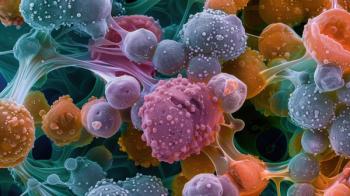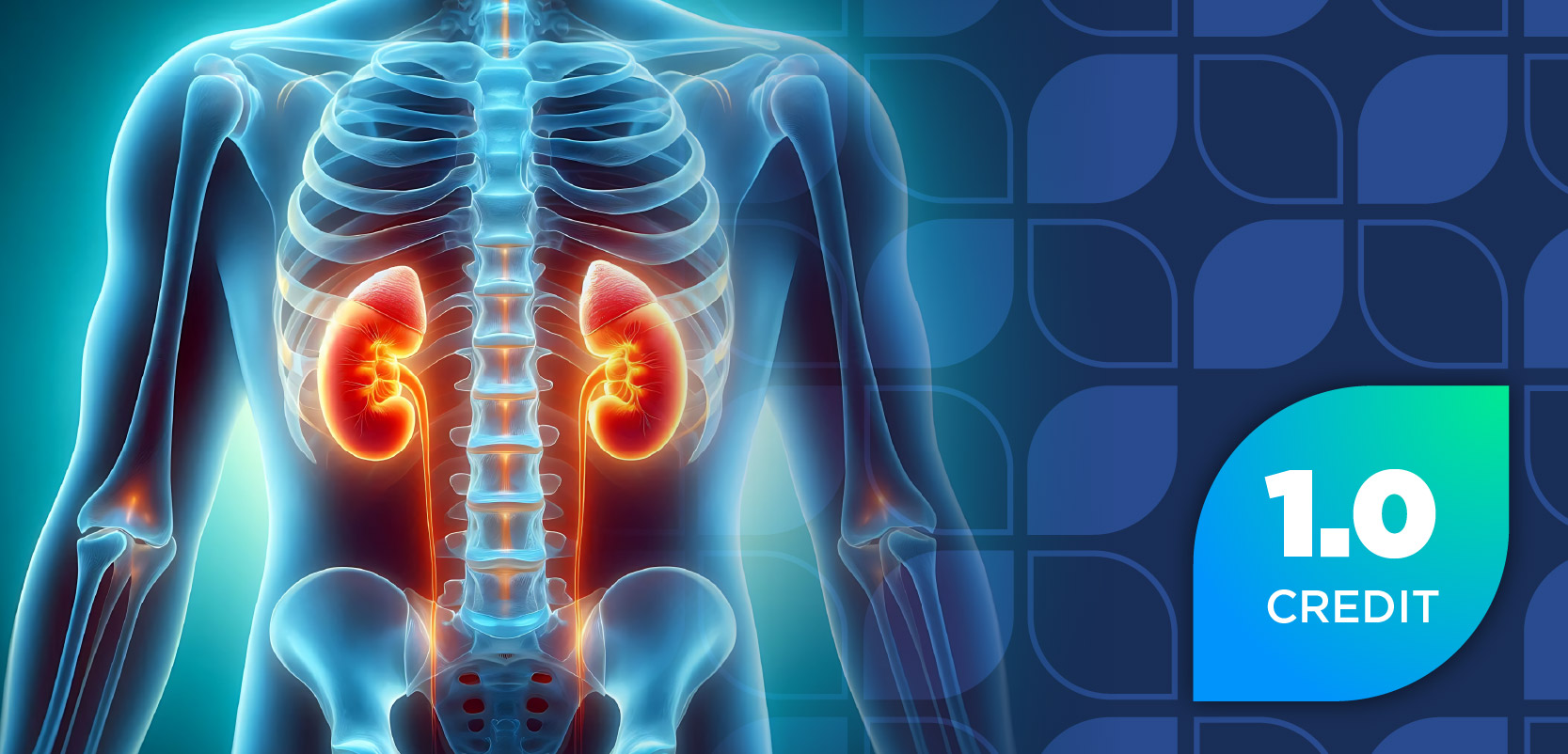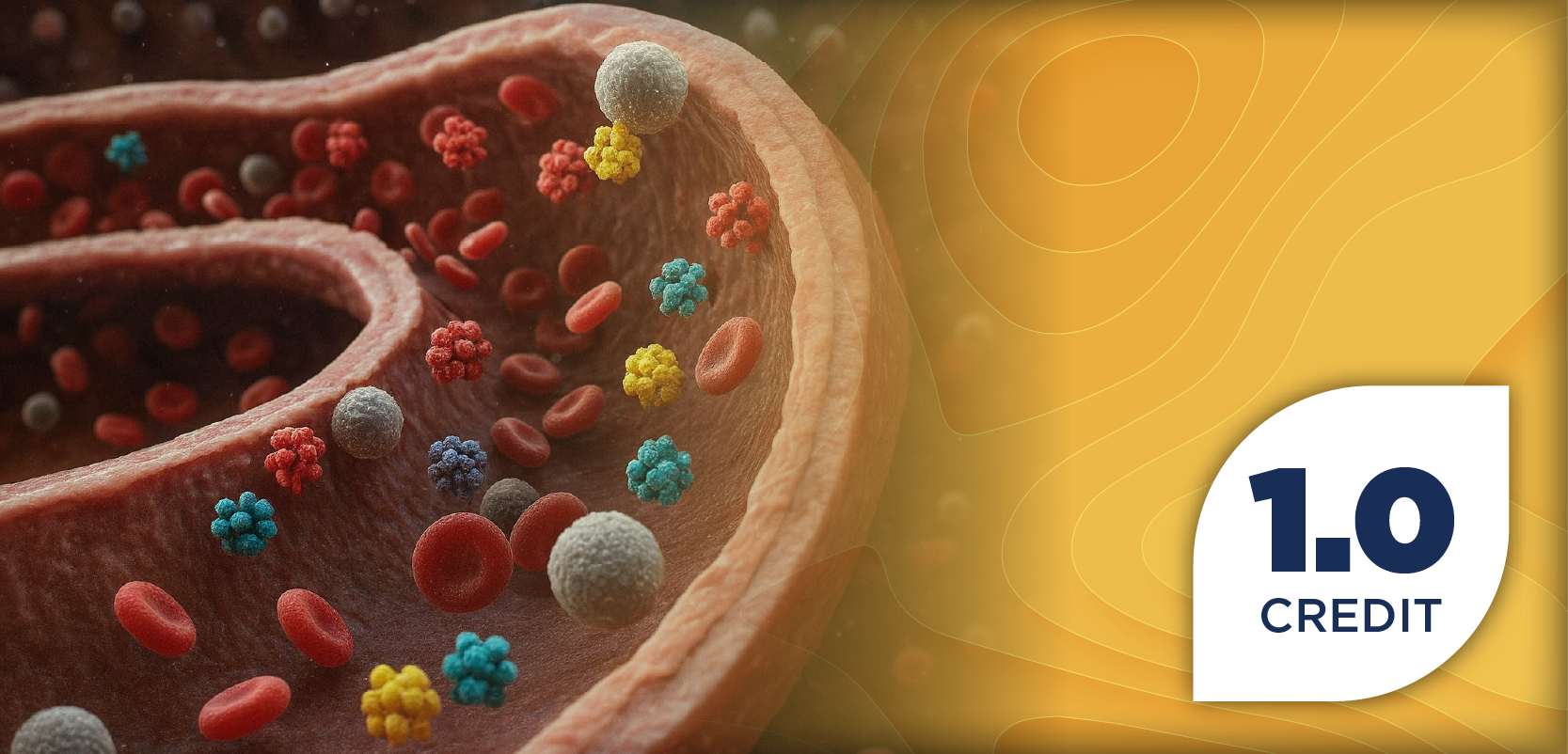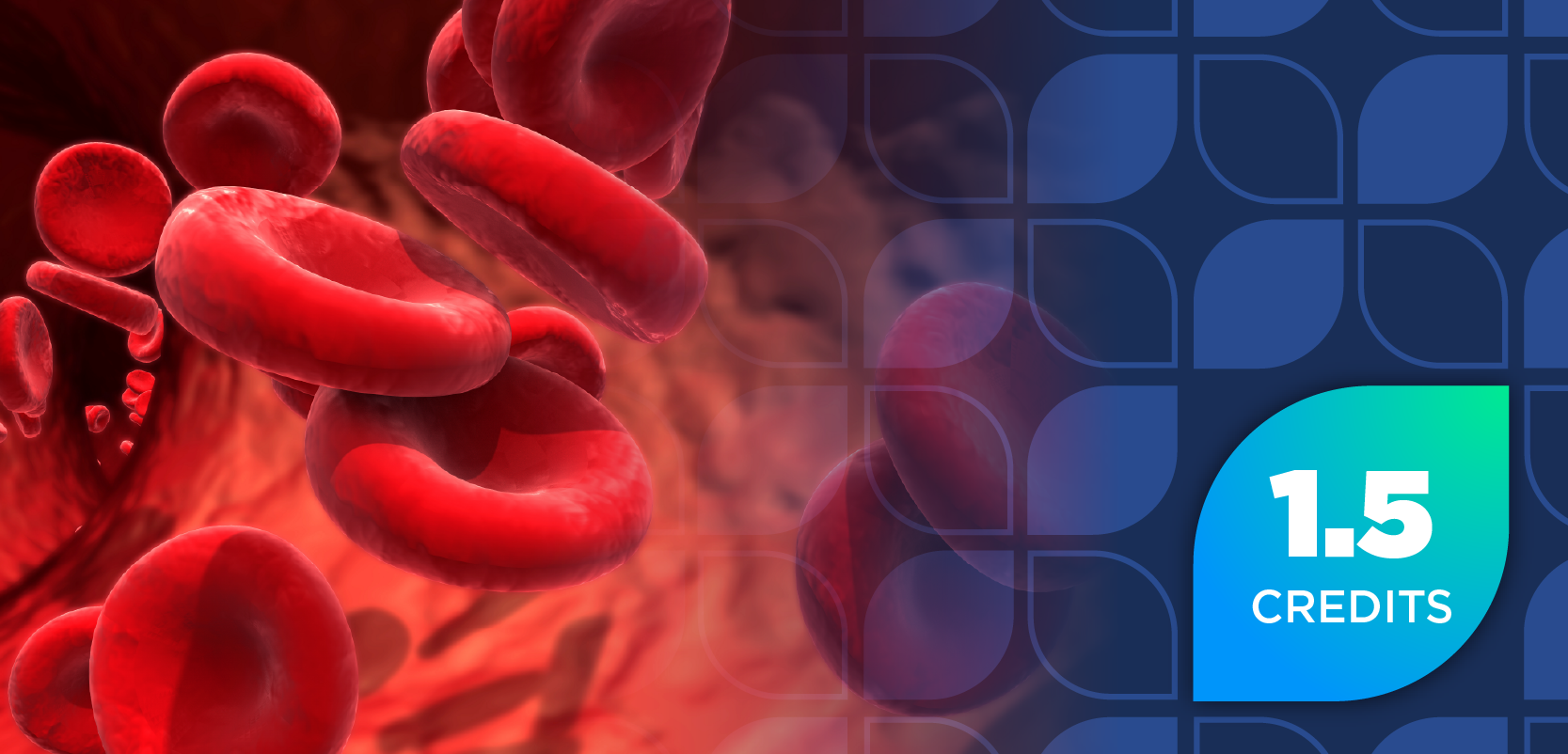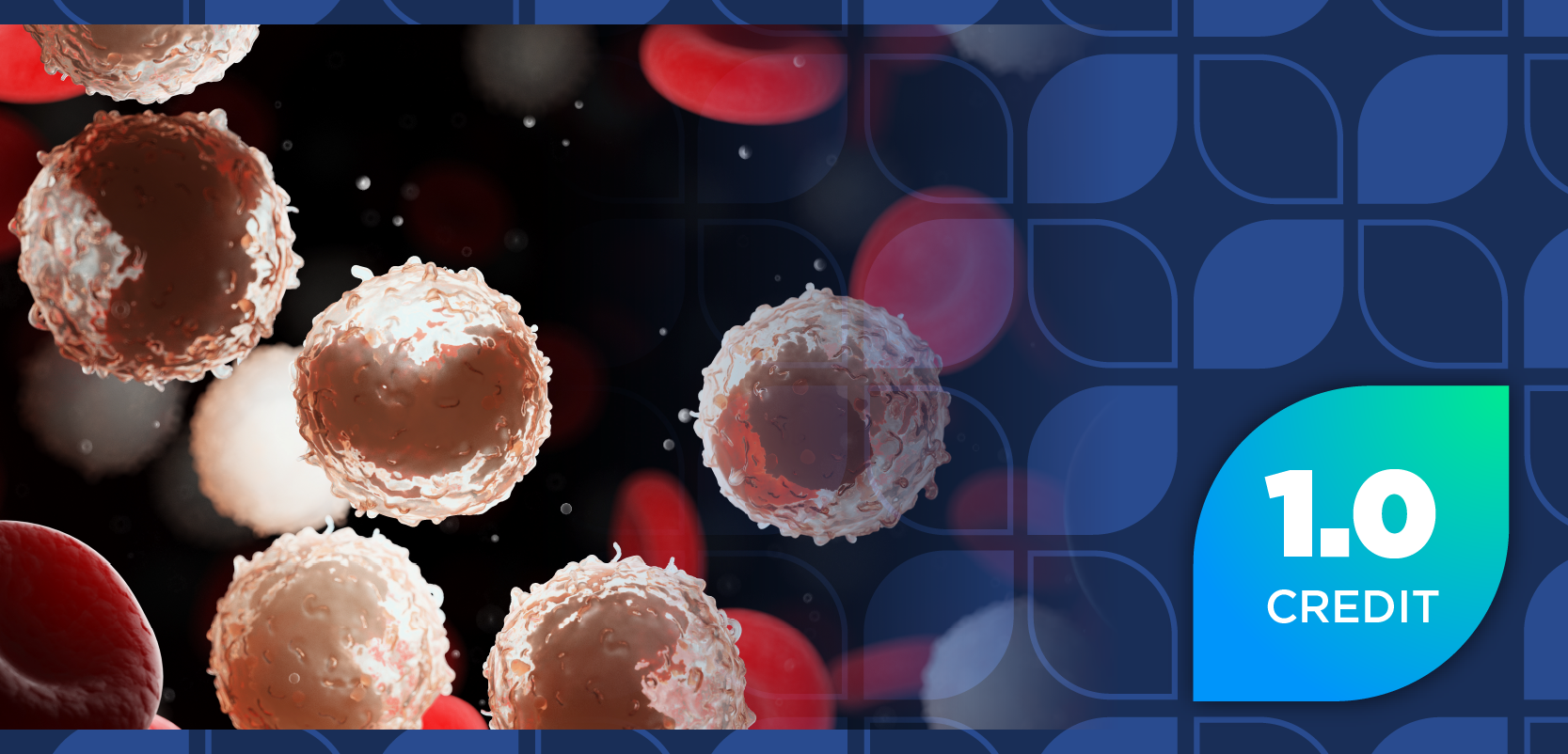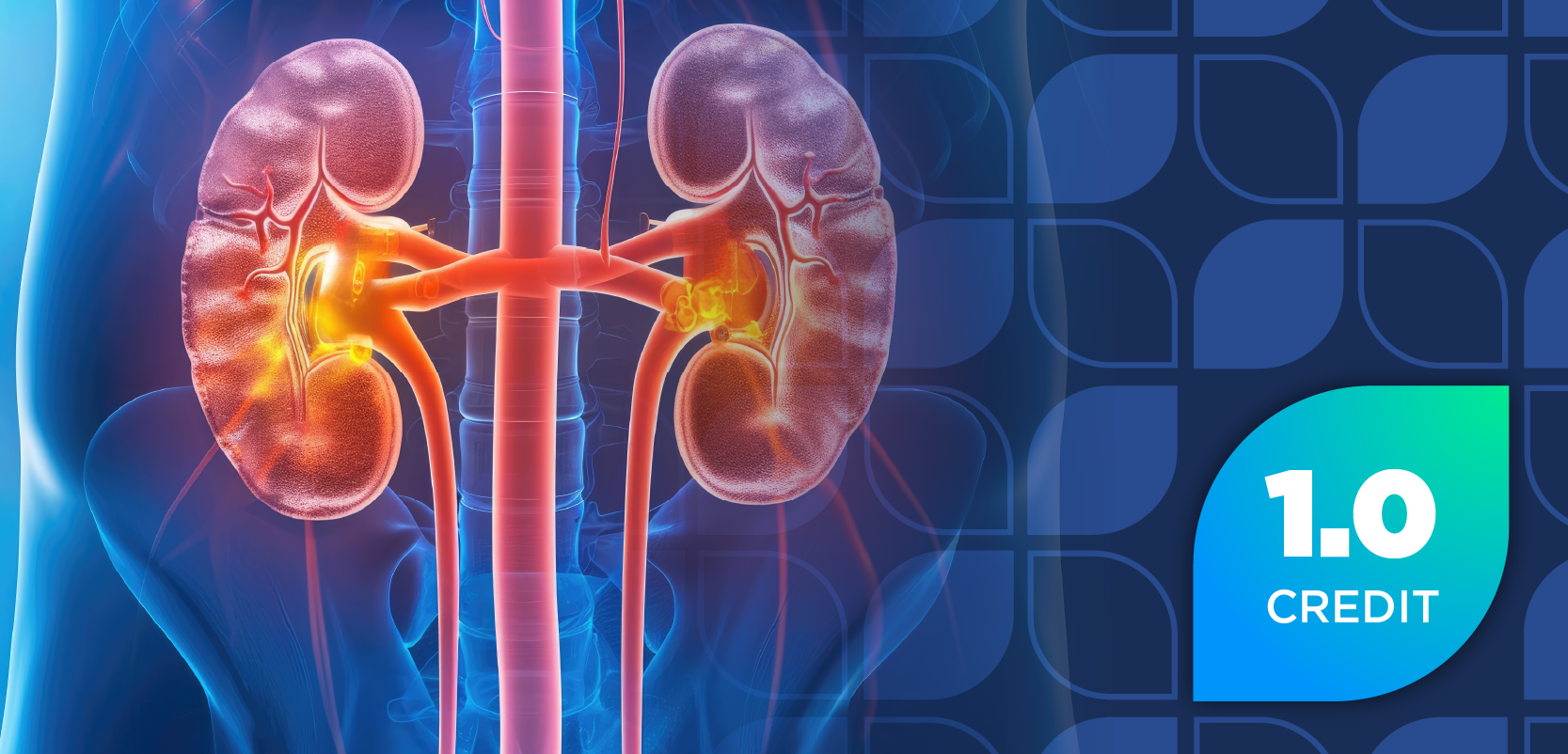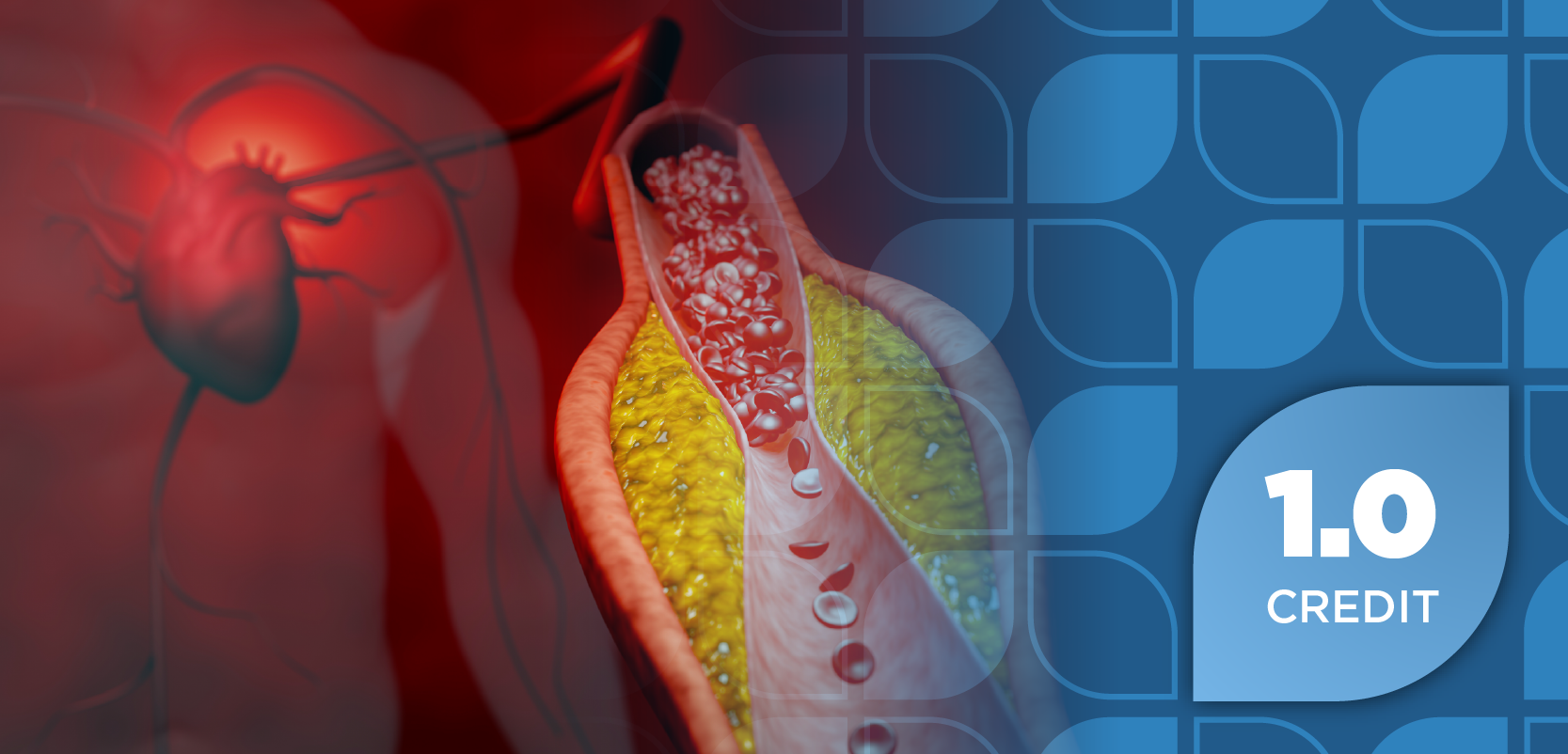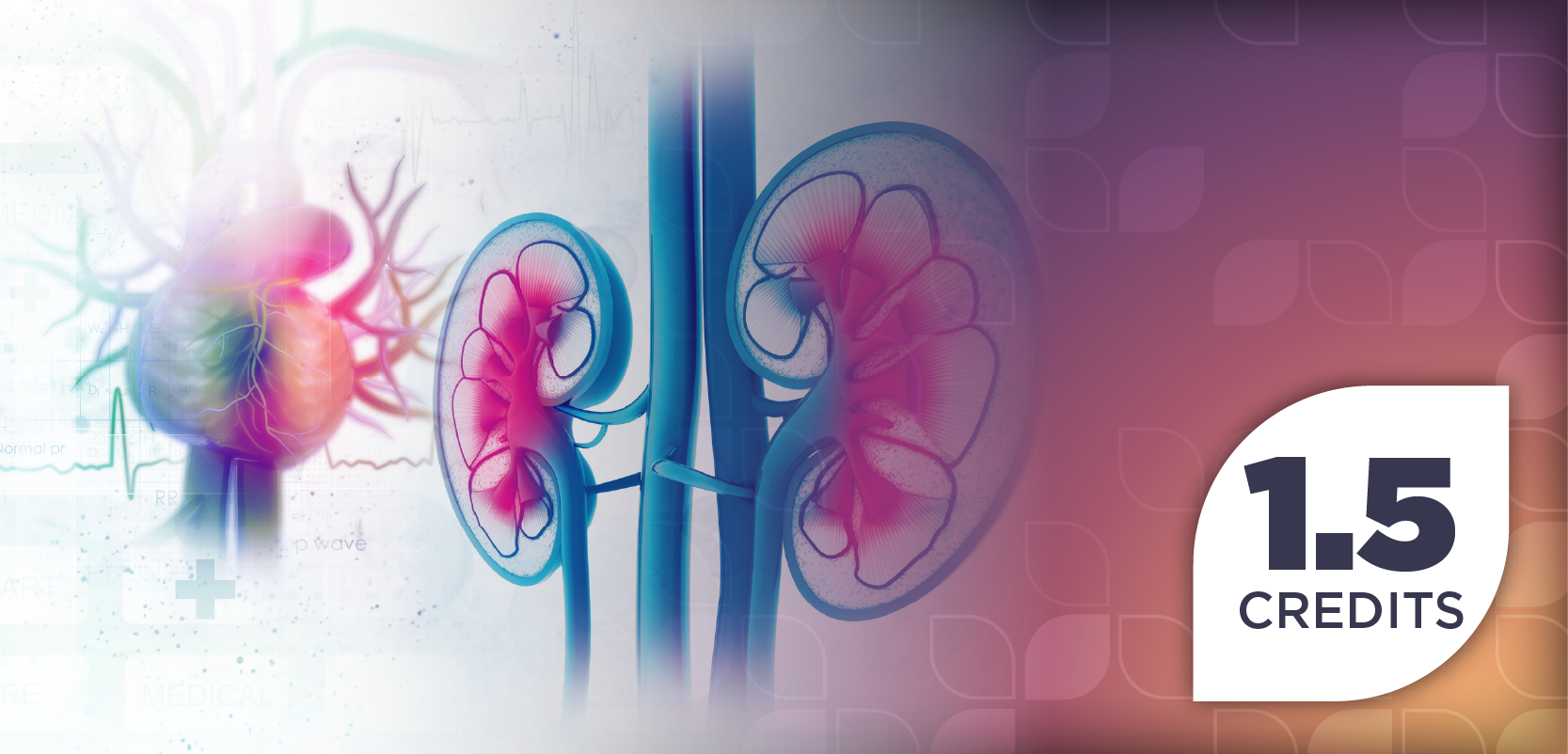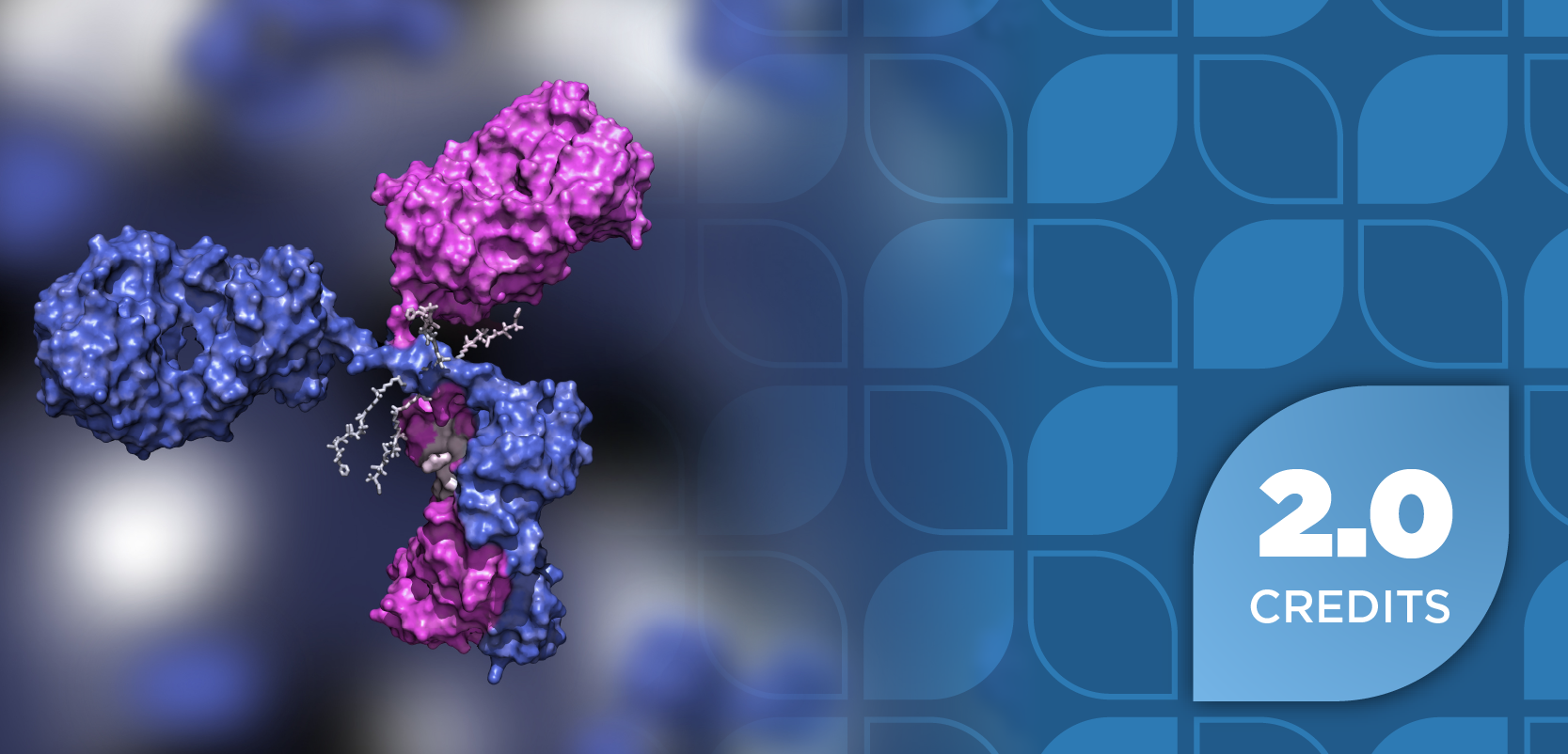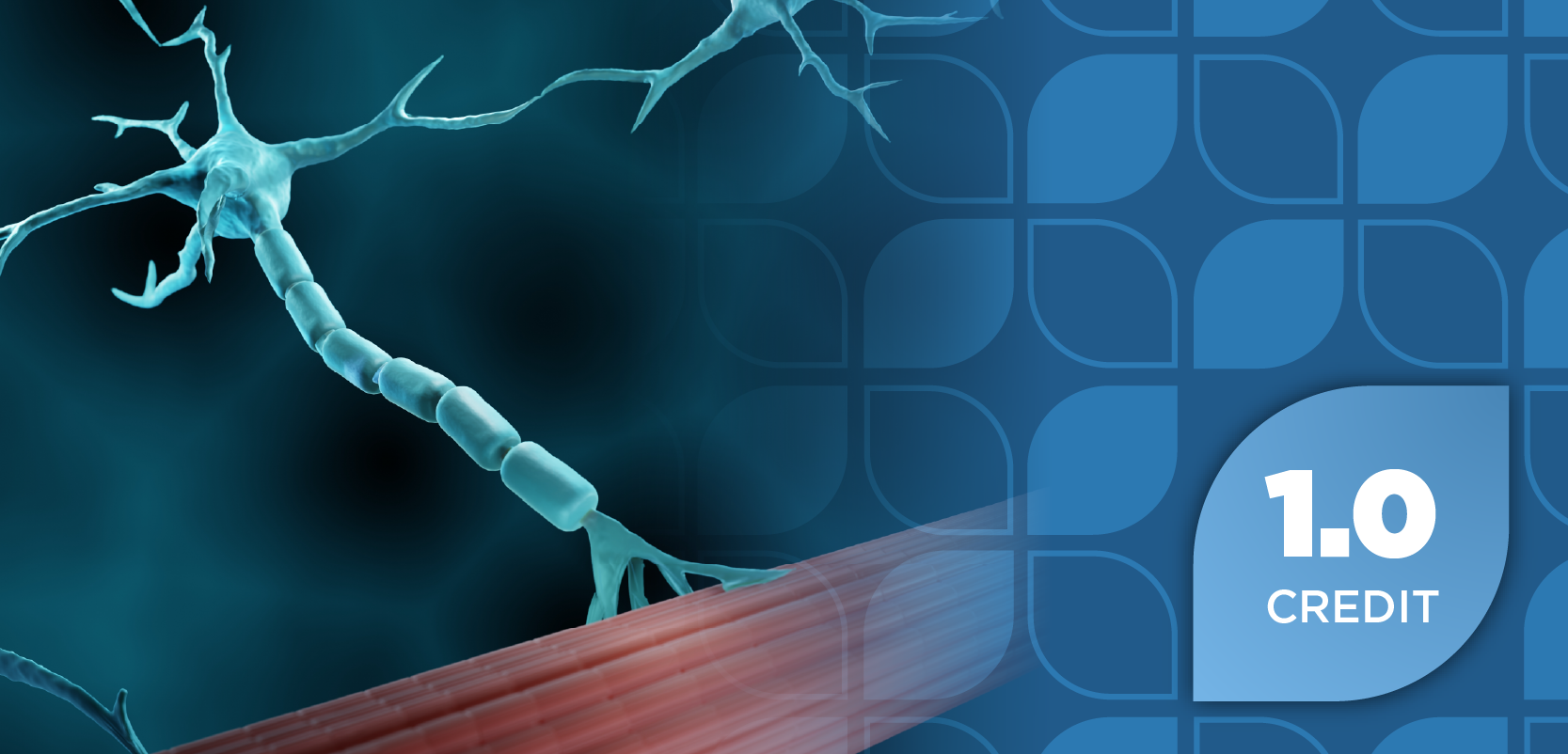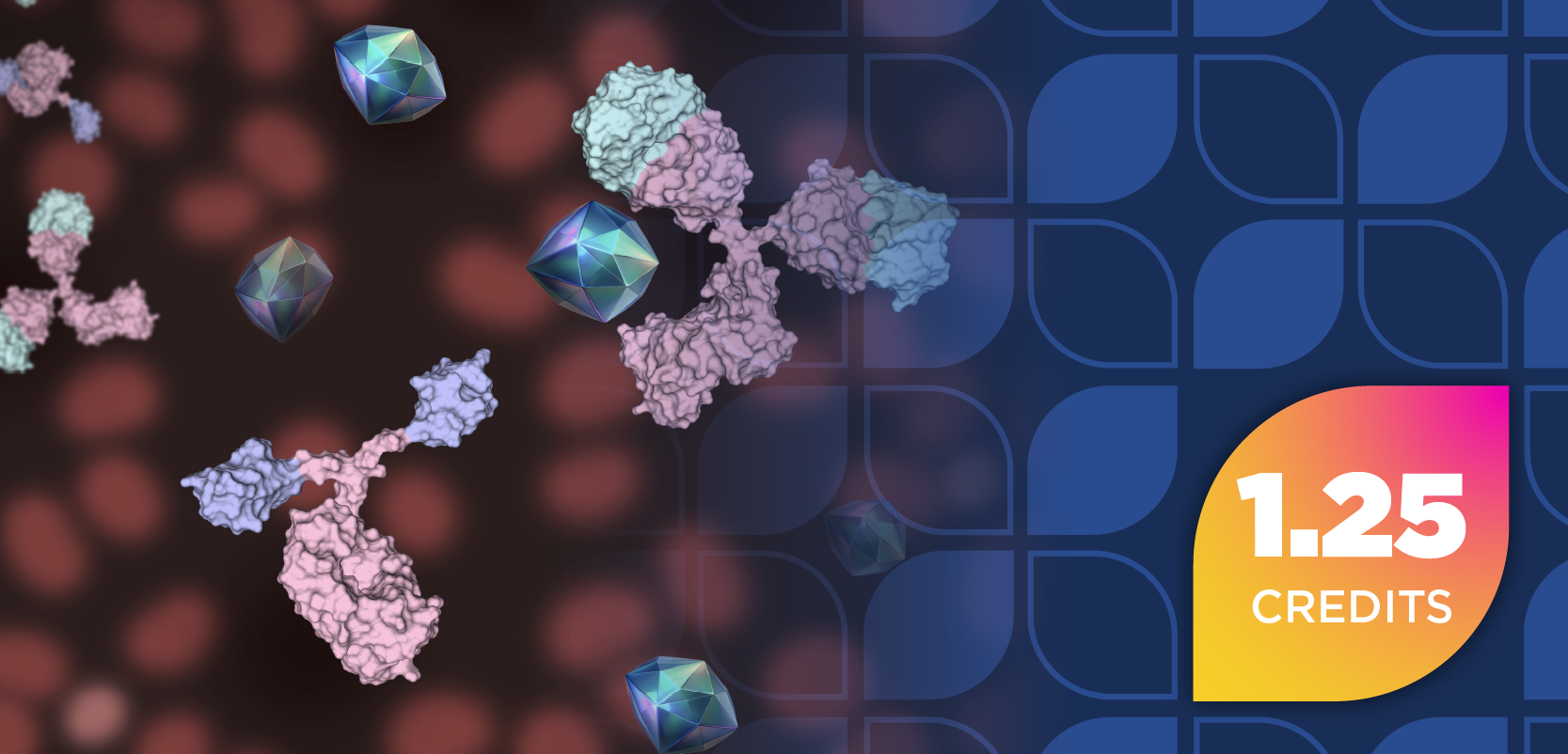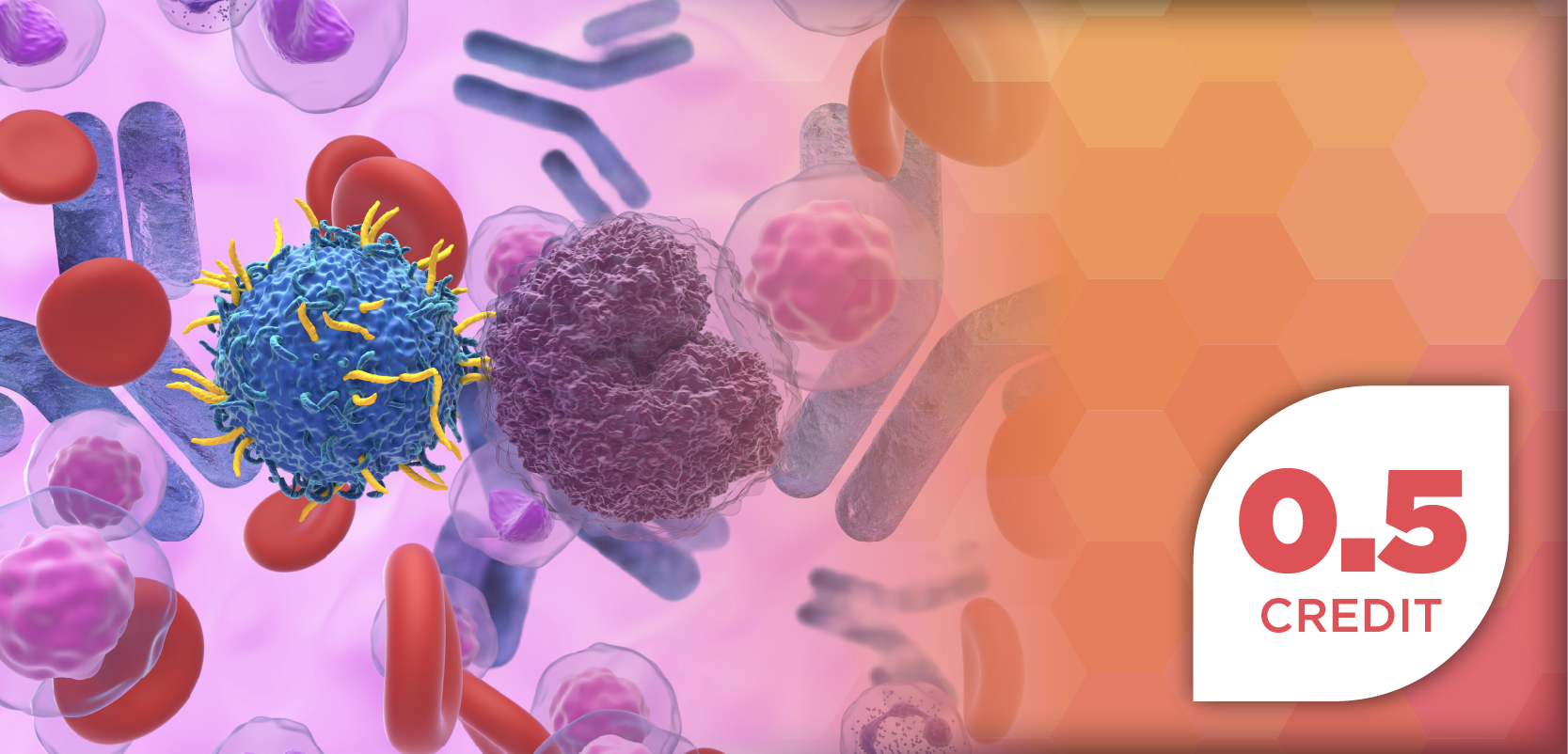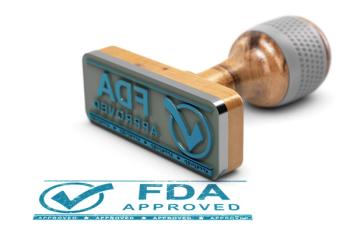
Data Support Adjuvant Nivolumab for High-Risk MIUC, Regardless of Prior Chemotherapy
Key Takeaways
- Nivolumab significantly improves DFS in high-risk MIUC patients compared to placebo, supporting its use as a standard of care.
- The CheckMate 274 trial demonstrated continued DFS benefits with nivolumab over a 3-year median follow-up.
Nivolumab demonstrated a sustained disease-free survival benefit over placebo in high-risk muscle-invasive urothelial carcinoma (MIUC).
Adjuvant nivolumab demonstrated clinically meaningful disease-free survival (DFS) benefit compared with placebo in patients with high-risk muscle-invasive urothelial carcinoma (MIUC), according to data from the phase 3 CheckMate 274 trial (NCT02632409). The results, shared at the 2025 ASCO Genitourinary Cancers Symposium, support adjuvant nivolumab as a standard of care for high-risk MIUC and muscle-invasive bladder cancer (MIBC).1
Nivolumab is a PD-1 inhibitor that received its first approval in 2014 for treatment of advanced melanoma. Since then, it has been granted approvals for various other cancers, not limited to head and neck cancer, advanced lung cancer, and previously treated locally advanced or metastatic urothelial carcinoma.2,3
CheckMate 274 is a phase 3 randomized, double-blind trial evaluating adjuvant nivolumab versus placebo in patients with high-risk MIUC after radical surgery (RS) plus or equal to prior neoadjuvant cisplatin-based chemotherapy (NAC). The study involved 709 patients, of which 560 (79%) had MIBC (nivolumab, n = 279; placebo, n = 281). The authors reported that 284 (51%) of patients with MIBC had prior NAC. The patients were randomized 1:1 to receive either 240 mg every 2 weeks of nivolumab or placebo for less than or equal to 1 year of adjuvant treatment, which was stratified by tumor PD-L1 expression, nodal status, and prior NAC.4
The primary end points were DFS in intent-to-treat (ITT) and tumor PD-L1 expression greater than or equal to 1% of patients, with a secondary end point of OS in ITT and PD-L1 greater than or equal to 1% of patients.4
Continued improvements in DFS were shown with nivolumab compared with placebo over an extended 3-year median follow-up in the primary efficacy populations (ITT, tumor PD-L1 expression greater than 1%) and in patients with MIBC. Nivolumab was preferred over placebo in ITT and tumor PD-L1 greater than or equal to 1% of patients, according to early trends in interim OS.4
“In the phase 3, randomized, double-blind CHECKMATE-274 trial adjuvant nivolumab demonstrated statistically significant and clinically meaningful DFS benefit compared with placebo in patients with high-risk MUIC after radical surgery, plus or minus prior cisplatin-based neoadjuvant chemotherapy. With the extended 3-year median follow-up, continued improvements in DFS were seen with nivolumab,” explained Matthew I. Milowsky, MD, FASCO, from the University of North Carolina School of Medicine, in his presentation.4
All patients with MIBC (hazard ratio [HR 0.70]), the tumor PD-L1 greater than or equal to 1% subgroup (HR 0.48), patients with MIBC (HR 0.74), and patients without prior NAC (HR 0.67) had HRs that preferred nivolumab over placebo for OS. No new safety signals were found, and safety in ITT points was in line with earlier data.4
“The improvements demonstrated in patients with MIBC provide additional support for adjuvant nivolumab as a standard of care for high-risk MIUC, including MIBC after radical surgery, and regardless of prior neoadjuvant chemotherapy,” said Milowsky. “Of note, subcutaneous nivolumab was approved for multiple indications, including adjuvant therapy for MUIC by the FDA late last year and may provide an alternative for patients across tumors.”4
REFERENCES
1. An investigational immuno-therapy study of nivolumab, compared to placebo, in patients with bladder or upper urinary tract cancer, following surgery to remove the cancer (CheckMate 274). Updated January 8, 2024. Accessed February 17, 2025. https://clinicaltrials.gov/study/NCT02632409
2. FDA approves nivolumab and hyaluronidase-nvhy for subcutaneous use in patients with solid tumors. Pharmacy Times. January 2, 2025. Accessed February 17, 2025. https://www.pharmacytimes.com/view/fda-approves-nivolumab-and-hyaluronidase-nvhy-for-subcutaneous-use-in-patients-with-solid-tumors
3. Opdivo FDA approval history. Drugs.com. October 6, 2024. Accessed February 17, 2025. https://www.drugs.com/history/opdivo.html
4. Milowsky M, Galsky M, Witjes J, et al. Adjuvant nivolumab (NIVO) vs placebo (PBO) for high-risk muscle-invasive urothelial carcinoma (MIUC): Additional efficacy outcomes including overall survival (OS) in patients (pts) with muscle-invasive bladder cancer (MIBC) from CheckMate 274. 2025 ASCO Genitourinary Cancers Symposium. February 13, 2025, to February 15, 2025. San Frnacisco, CA. Abstract 658.
Newsletter
Stay informed on drug updates, treatment guidelines, and pharmacy practice trends—subscribe to Pharmacy Times for weekly clinical insights.

